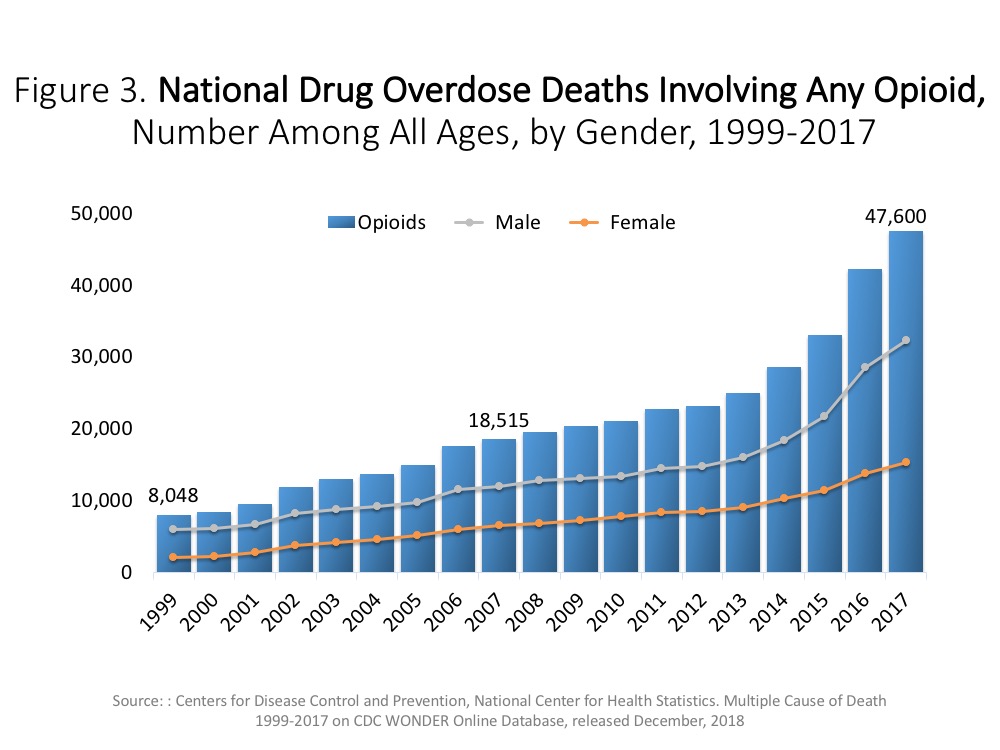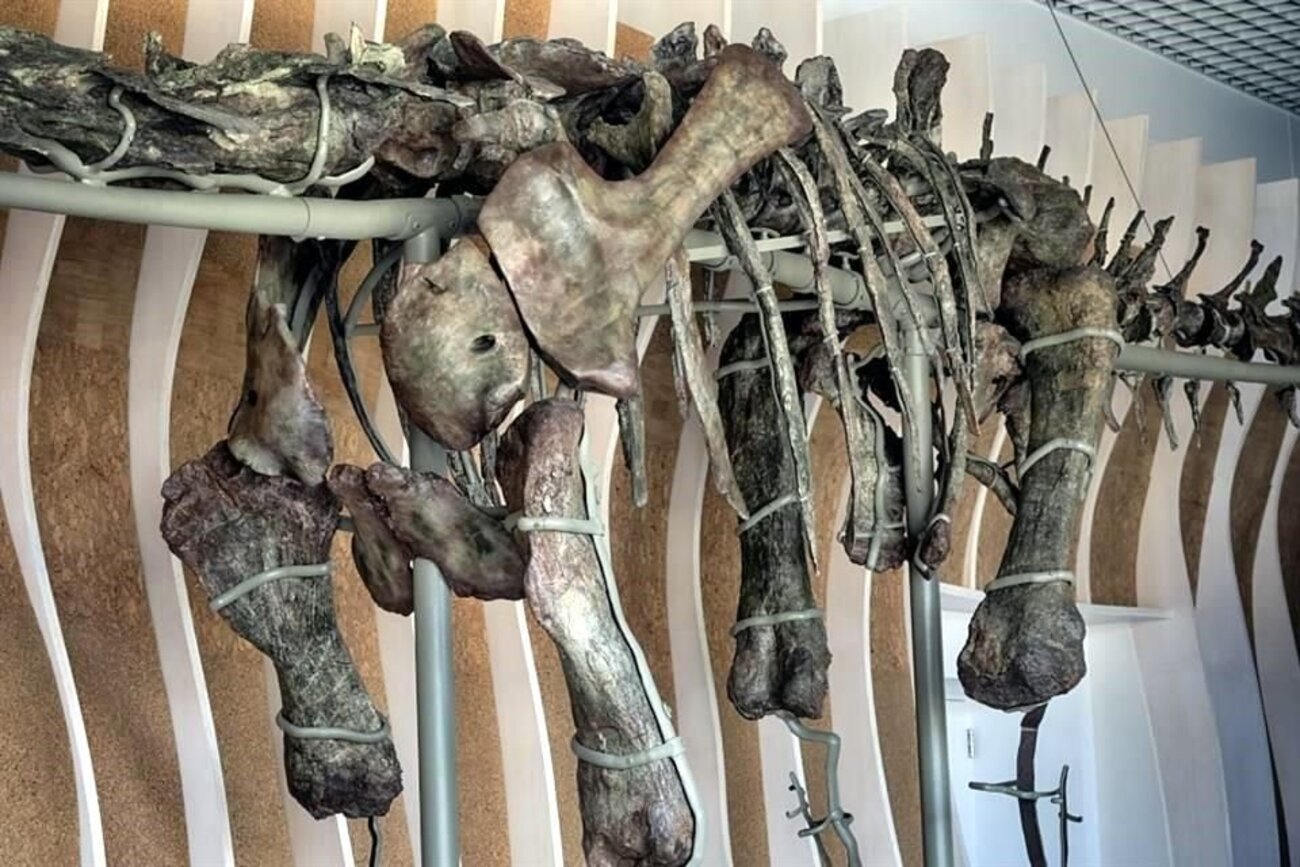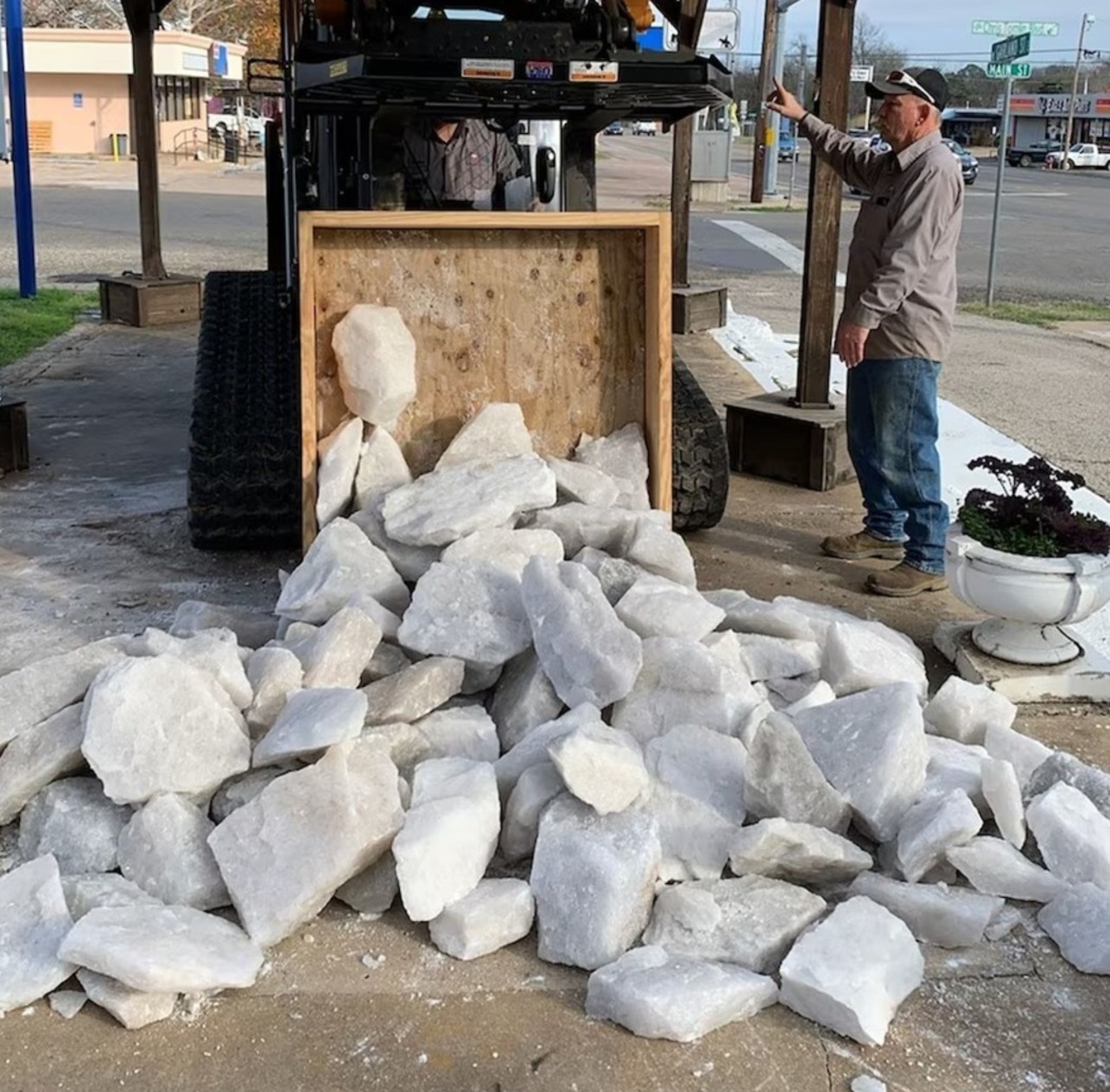
How journalists can fight back against the opioid crisis
A little less than a year ago, the newspaper of Prescott, Arizona, had seen enough. The small city of just under 40,000 was rocked by the deaths of Jake Morales and Gunner Bundrick, two 19-year-old athletes, who overdosed on fentanyl. Trace amounts of it were found in percocets they bought.
“They were our young people. They were our community’s children. Most of us here are parents and how do you put a price on that?” Richard Haddad told AZFamily. He is the news coordinator at Prescott’s daily newspaper.
The Daily Courier immediately jumped into action with its #StopFentanylNow campaign, taking out large portions of ad space in their paper to send a message to the community. Their first cover read “Our Children Are Dying.”
The newspaper also pivoted its coverage to highlight the dangers of fentanyl and began plastering on its front cover the mugshots of any dealer arrested. The goal is to educate the community on the crisis and push for legislative action.
The local paper’s parent company, Western News, also donated $10,000 to Yavapai Silent Witness, an organization dedicated to tracking down criminals in the region surrounding Prescott.
CONTENIDO RELACIONADO
The reporter behind a majority of the stories is Max Efrein. He told Editor and Publisher that not only has the community response been one of gratitude for the work, but the amount of drug activity has slowed since the campaign began.
The action of a local news source like The Daily Courier to advocate for the betterment of its community is a role many news organizations still hesitate to fulfill. Journalism has long had strict rules regarding bias in content.
Traditional journalists were taught to report just the facts and to remain unbiased, but a deeper look at those reporting tactics often reveal a bias based simply on what is chosen to be reported on, and is considered “newsworthy”. That’s not to say there isn’t value in the reporting of facts — they establish credibility and set the foundation for any good story — but what’s lost is the human impact of the work.
The Daily Courier could have kept reporting sad overdose death after sad overdose death and waited for something to change, but they didn’t. They saw their place in society not just as public informants, but also agents of change capable of using that information for the good of their community. If others around the country followed suit, perhaps things would change well beyond just Prescott, AZ.











DEJE UN COMENTARIO:
¡Únete a la discusión! Deja un comentario.